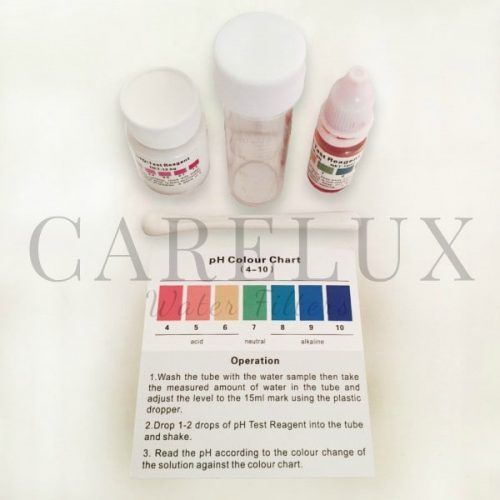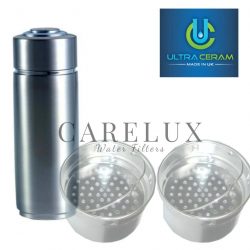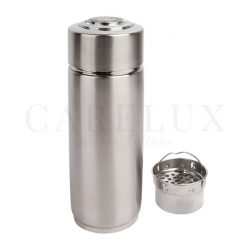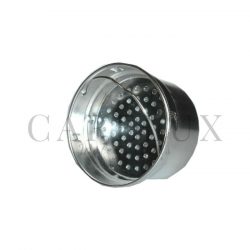Description
pH and Chlorine Test Kit- Determine the pH level of your water with the pH and Chlorine Test Kit, before and after you alkalize your water, you should check to see what you water’s pH level is. Doing this will tell you how much of an adjustment will need to be made to your water.
pH and Chlorine Test kit for Drinking Water
- Includes:
- Palintest
- DPD Reagent
- Dipper Spoon for DPD Powder
- pH Test Reagent
- Tube
- pH Colour Chart
- pH Test Reagent
1. Pour a small amount of water (15 ml – Tube mark) from your source (tap, Reverse Osmosis water, tank water, ionized alkaline water source etc).
2. Add 1 or 2 drops of the red reagent liquid and shake it up to mix.
3. Compare the colour with the colours on the chart.
- DPD Test Reagent & Palintest:
This Palintest Chlorine test uses the DPD method developed by Dr A T Palin and now internationally recognised as the standard method of testing for chlorine and other disinfectant residuals. In the Palintest DPD method the reagents are provided in tablet form for maximum convenience and simplicity of use.
Free chlorine reacts with diethyl-p-phenylene diamine (DPD) in buffered solution to produce a pink coloration. The intensity of the colour is proportional to the free chlorine concentration. Subsequent addition of excess potassium iodide induces a further reaction with any combined chlorine present.
The colour intensity is now proportional to the total chlorine concentration; the increase in intensity represents the combined chlorine concentration. In this way it is possible to differentiate between free and combined chlorine present in the sample.
The colour intensities are measured by comparison against colour standards using a Palintest Comparator and Disc.




